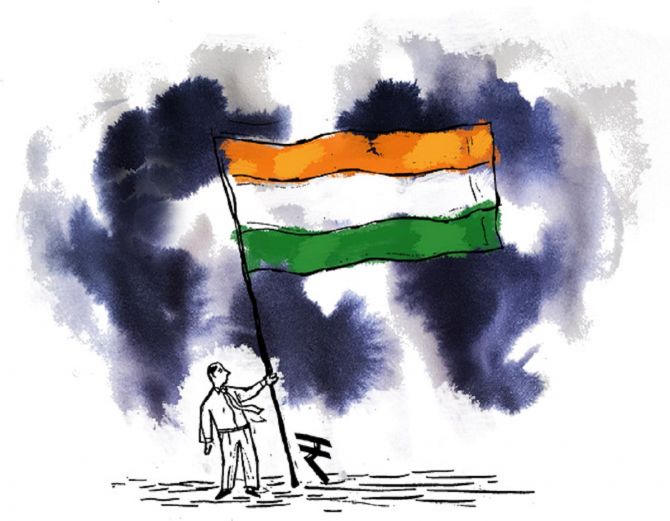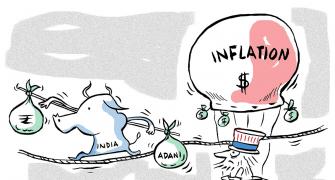Employment in India saw a V-shaped recovery after being adversely impacted between April and June 2020 during the Covid lockdown and during April-June 2021, when the second wave struck, said Krishnamurthy V Subramanian, former chief economic advisor, in a paper released on Friday.

Subramanian is now serving as executive director of the International Monetary Fund (IMF).
From the official survey data of the National Sample Survey Organisation (NSSO), the paper titled ‘Employment in India: Data Sources, Facts, and Trends’ showed that both worker-population ratio (WPR) and labour force participation rate (LFPR) were higher, while the unemployment rate was lower during October-December 2022 when compared to the corresponding quarter in 2019.
“Full recovery has manifested for both male and female workers.
"Unlike male workers, recovery for females did not manifest immediately in a V-shaped manner but took a longer time.
"This is consistent with women being primary caretakers during a health shock in the family.
"Nevertheless, female employment has grown consistently from 2018-19 (FY19) to FY21,” the paper read.
Besides, the paper also indicated a move towards a higher formal labour force.
The number of workers in the formal sector stood at 60 million in FY21, which was 11 per cent or 6.2 million higher than in FY19.
Similarly, in the organised sector, the total number of workers estimated in FY21 stood at 98.9 million.
This was 4.3 million higher than in the pre-pandemic year.
The share of the formal workforce in FY21 grew by 9.3 per cent in the organised sector.
On the other hand, the share of informal workers in the organised sector decreased by 0.8 per cent during this period.
The number of workers in the unorganised sector during FY22 fell as compared to FY21.
This was because of a decrease in workers in both the formal and informal quarters of the unorganised sector.
The paper credited this to the Centre’s measures to improve the social security of workers during the pandemic.
Besides, the paper also examined the survey methodologies of the sources of data on the country’s labour market.
These include private data generated by the Centre for Monitoring Indian Economy (CMIE).
The paper sought to stop the use of CMIE data on employment till the flaws in its survey methodology were rectified.
It said that the use of current daily status (CDS) by the CMIE led to problems in the definition of employment.
It did not reflect the job diversity in India as the CMIE data failed to capture intermittent employment.
Also, the CMIE data is unlikely to capture employment in the gig economy comprehensively.
Meanwhile, the periodic labour force survey (PLFS) overstates unemployment and understates employment when compared to the standard ILO definition.
“We arrive at the indisputable conclusion that the CMIE employment data is unreliable.
"Given the timely availability of the NSSO data now, the use of CMIE data on employment in India must stop till the flaws in the survey methodology are fixed,” the paper added.










